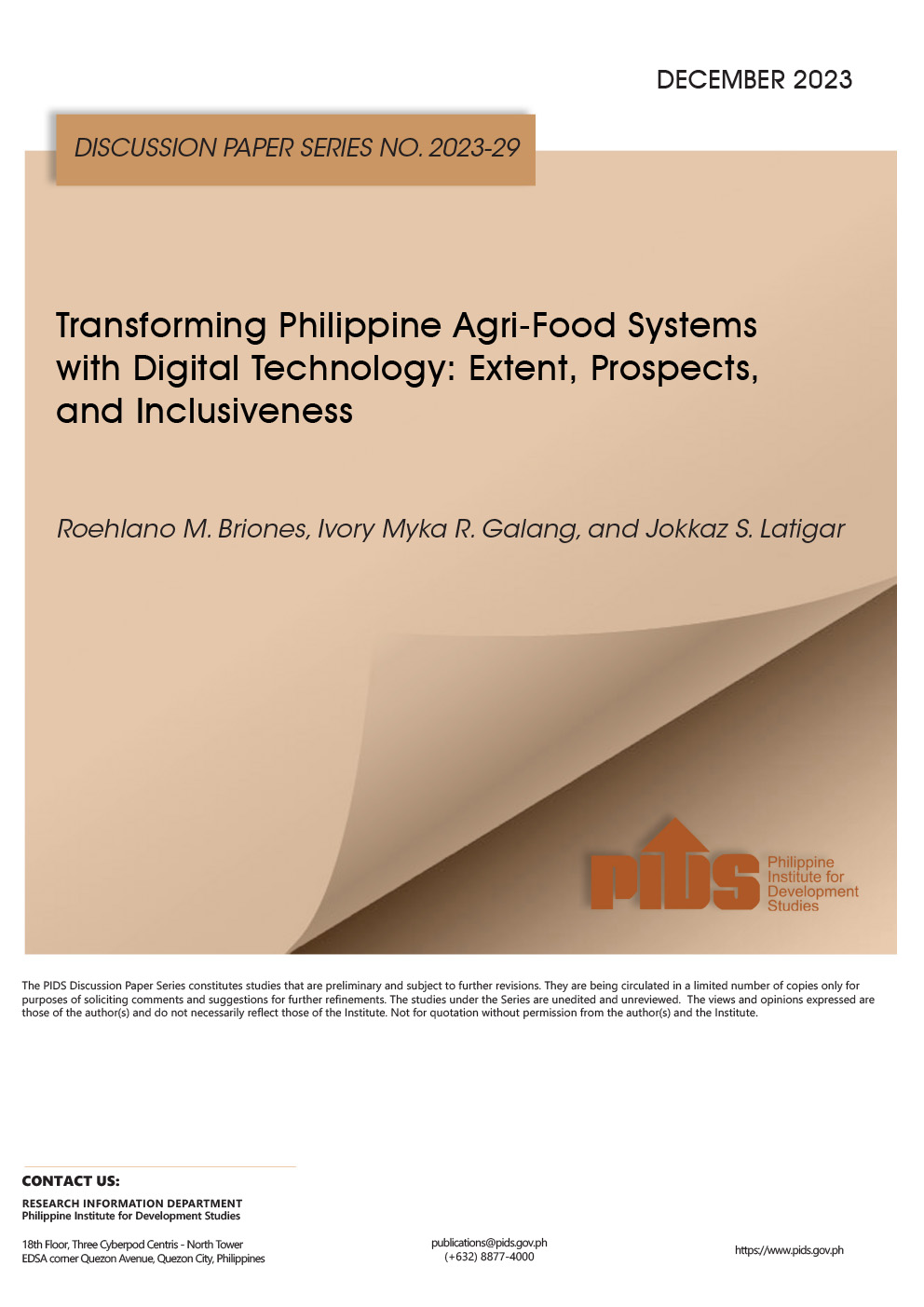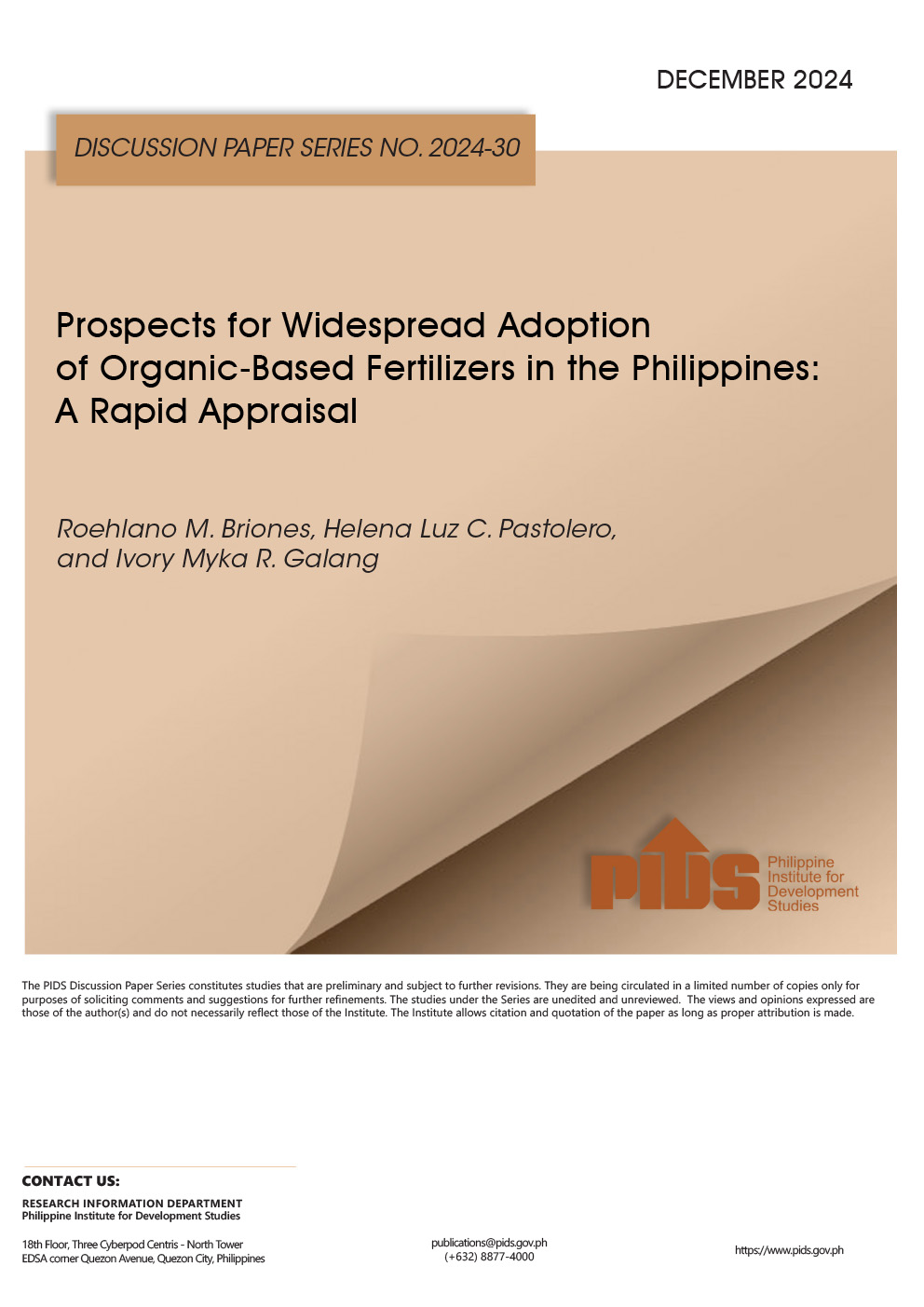The Department of Agriculture (DA) has thrown its support behind the proposal of Finance Secretary Carlos G. Dominguez’s to replace the country’s quantitative restriction (QR) on rice with season-based tariffs to prevent the influx of imports during harvest.
Agriculture Secretary Emmanuel F. Piñol said the proposal of Dominguez, a former agriculture chief, is consistent with President Duterte’s order to discourage imports during harvest season..
That’s a good idea, we will look into it. That jives well with the policy of the President to discourage importation during harvest season. That’s a very good idea,” Piñol told reporters in an interview on July 17..
Piñol is the second Cabinet official to approve of Dominguez’s proposal. Earlier Socioeconomic Planning Secretary Ernesto M. Pernia said he is “open” to the idea of implementing season-based tariffs for rice..
Dominquez wants to impose a tariff of 35 percent during the lean months and 50 percent during harvest to protect local farmers from import surge, while shielding consumers from price spikes..
The finance chief said this might be the best way to balance the interest of local farmers and consumers. “[As much as] we have to protect the local farmers from [the] dumping of foods, we also have to protect the consumers and hope the prices [of rice] will be moderate. .
Fact is, Dominguez added, prices of local rice are higher than those of imported rice, especially if the staple is produced by a fellow Asean nation. In a 2015 study, commissioned by the DA, it was found out that Thailand and Vietnam have the lowest production cost for every kilo of rice.<.
An agriculture official, who is privy to the matter, said the Philippines could impose seasonal tariffs as Japan has implemented the same scheme for fruit imports..
What’s important, the official added, is that the World Trade Organization (WTO) and its member-countries are properly informed of such policy.<.
We can impose such as long as it is scheduled, meaning we notify the WTO when we are going to impose such and the technicalities of the scheme, so that we are predictable to them,” the official said..
It is like what Japan is doing with our banana exports. They are imposing different tariffs during the summer season and the winter season,” the official added..
At present, Japan slaps a tariff of 2.7 percent from April to September and 18 percent from October to March on Philippine banana exports, according to Trade Secretary Ramon M. Lopez..
The official said only the WTO dispute-settlement body is the lone entity that could determine whether such tariff scheme is disallowed under the WTO rules and regulations.<.
However, Philippine Institute Development Studies senior research fellow Roehlano M. Briones cautioned against applying seasonal tariffs on rice..
Briones said a season tariff scheme is considered “variable import levies”, which is not allowed under the WTO’s Agreement on Agriculture (AoA)..
Variable import levy is regarded as other than import custom duties. Ordinary customs duties meant you’re just going to pay the tariffs, regardless of the rate and the season,” he told the BusinessMirror..
Under Article 4 Paragraph 2 of the WTO AoA member-countries “shall not maintain, resort to or revert to any measures of the kind which have been required to be converted into ordinary customs duties, except as otherwise provided for in Article 5 and Annex 5. .
These measures include QR, variable import levies, minimum import prices, discretionary import licensing, nontariff measures maintained through state-trading enterprises and voluntary export restraints, among others.












